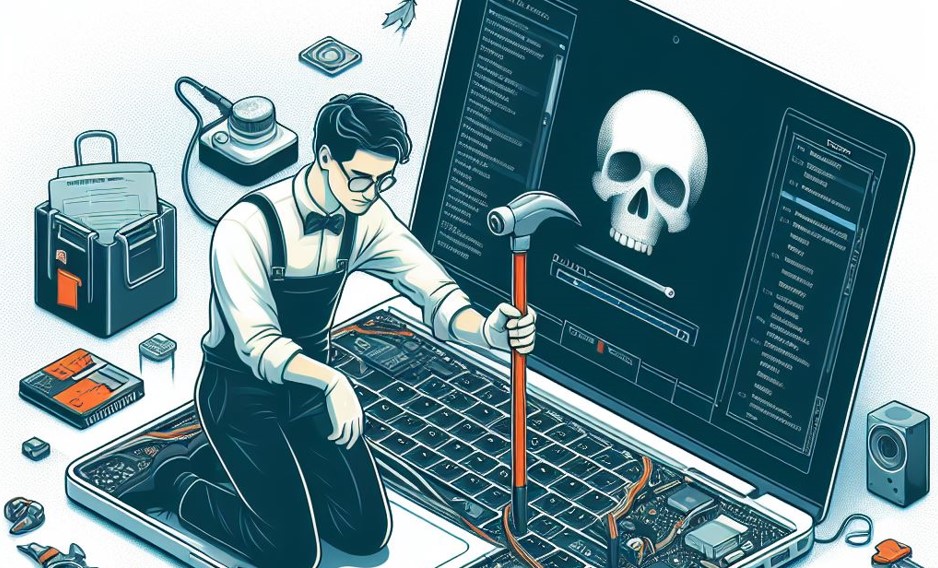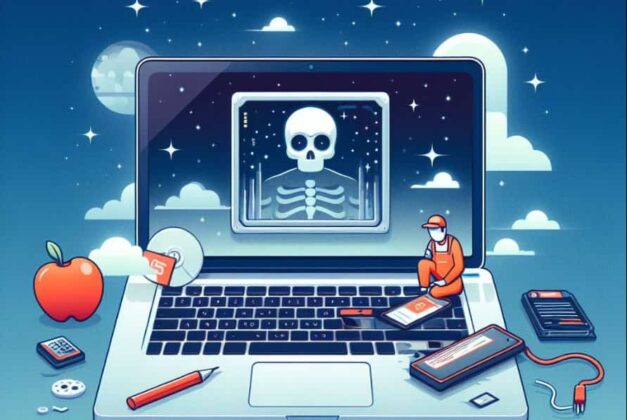With MacBook, you can take notebooks to completely new levels of performance and portability. In most cases, the MacBook works fine, but it can occasionally crash or die for various reasons. If that happens to you and you are concerned about recovering your precious data, you have come to the right place. It can be overwhelming to have to deal with the task of recovering data from a dead Mac. The good news is that you are likely to be able to retrieve your files even in the most complex of circumstances.
In this article, you can find some amazing and effective ways of Data Recovery on Mac. So, let’s get started:
Ways to Recover Data from a Dead MacBook
Data recovery on a Mac drive can be done using the following methods.
1. Recover Data using Stellar Data Recovery Professional for Mac
It was a problem a few decades ago when recovering data from a Dead MacBook isn’t possible. Nowadays, recovering data from Dead MacBook isn’t a big deal, thanks to Stellar Data Recovery Professional for Mac. It makes the process as easier as 1, 2, 3. You only need to follow three steps:
- Select a Device
- Scan the Device
- Preview and Recover Data
2. Recover data from a dead Mac Using Target Disk Mode
In Target Disk Mode, you can access another Mac’s hard drive as if it were a connected external drive. A compatible cable and another working Mac can be useful for this. The steps for using Target Disk Mode are as follows:
- You will need to connect the cable from your dead MacBook to the working Mac.
- When turning on the dead MacBook’s keyboard, hold down the T key. As soon as Target Disk Mode is enabled, a disk icon will appear on the screen.
- You can find your dead MacBook’s disk icon in Finder on your working Mac. There, you should be able to find the files and folder you need to access and copy them to other desirable locations.
Read More: 12 Stellar Data Recovery Alternatives
3. Recover data from a dead Mac using an external hard drive
The external hard drive enclosure lets you connect your internal hard drive to other computers via USB or other ports. In case you do not have another Mac or a suitable cable for Target Disk Mode, this method may be useful. The steps for using an external hard drive enclosure are as follows:
- Get the hard drive out of your dead MacBook. It is possible to access the hard drive with a screwdriver or a special tool. Avoid damaging any components or voiding your warranty.
- The external hard drive enclosure must be inserted into another computer and connected to that computer with the appropriate cable.
- Open File Explorer (Windows) or Finder (Mac) on the other computer and search for the external hard drive icon. The files and folders should be accessible, and you should be able to copy them elsewhere.
4. Recover data from a dead Mac using a bootable recovery option
In this particular method, a bootable USB drive is created using recovery software and connected to your MacBook. If any recoverable files are found on your MacBook’s hard drive, you can boot from the USB drive and search for them there. Afterward, you can upload the files to a cloud service or copy them to another external drive. Here are the following steps to follow for Data Recovery on Mac:
Read More: 18 Cove Data Protection Alternatives
- You will need to run a Mac Data Recovery Software on another Mac and use a USB drive with a minimum of 8 GB of space to do this. Create a bootable media by launching the Mac data recovery software. Make sure you follow the instructions for formatting the USB drive and installing the software.
- The USB drive should be ejected and inserted into your dead MacBook. The Option key needs to be pressed and held while the MacBook is powered on.
- Let the recovery software begin loading once you select the USB drive as the startup disk. Using the scanner option, scan your MacBook’s hard drive and select the files to recover.
- Upload the files to a cloud service or save them to another external drive. Your MacBook’s hard drive may not be able to be accessed if it has been physically damaged or encrypted. If this is the case, you may need to consult a professional data recovery company.
Conclusion
The Mac may develop hardware or software problems at any time, so you can never be completely certain. Anybody can experience such a thing; thus, you should always be prepared, even under the worst circumstances. To avoid data recovery problems if your Mac is damaged or dies, you need to regularly back up your Mac.



